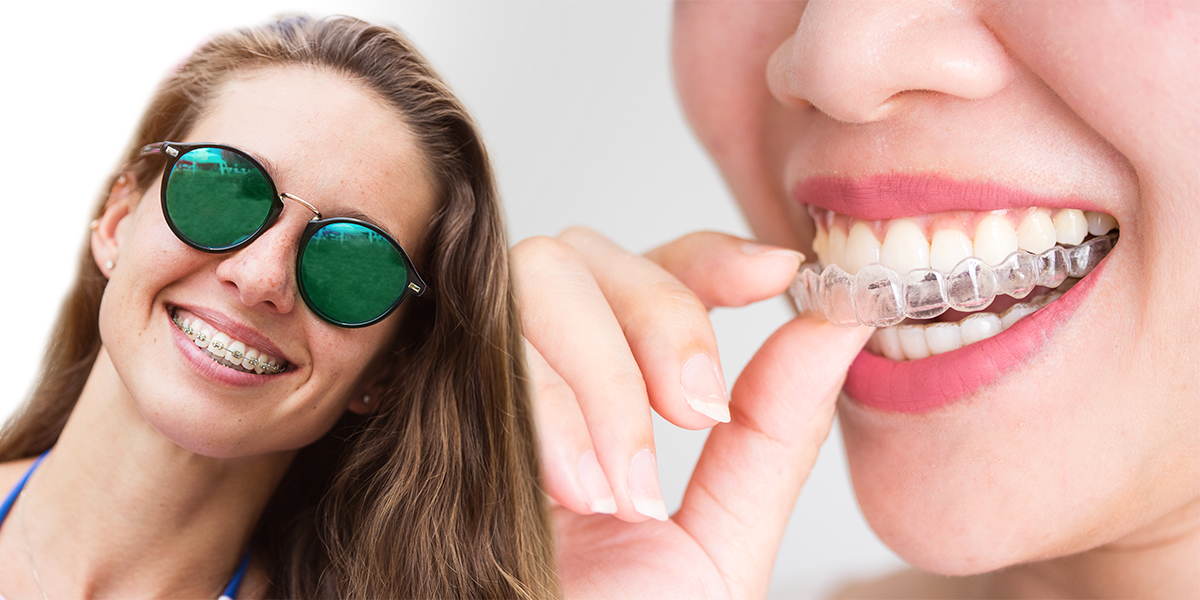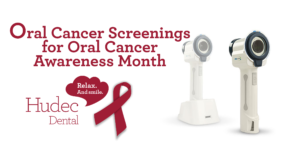“Braces or clear aligners?” is one of the questions an orthodontist is most frequently asked during a consultation. This question is, in fact, very expected, especially with the rapid advancements in technology and great potentials for treatment that aligners offer. The purpose of this month’s blog is not so much to answer this question because, after all, there is no cookie-cutter answer, but to explain how an orthodontist thinks before the factors we take into consideration.
Who should decide and how should one make that decision?
Before looking into and comparing the two, let’s make one thing clear. There is no single right way for orthodontic treatment to be performed. A correct diagnosis made by a specialized orthodontist is always the first step. After careful observation, a treatment plan is custom made for each and every patient.
Taking this into account, when comparing braces vs clear aligners, one appliance is not inherently better than the other. When it comes to selecting an appliance (any appliance) there are two categories of factors to consider:
Case/patient-related factors
Those are factors that have to do both with the goals of treatment as well as the patient’s lifestyle demands. The orthodontist sets the objectives of treatment and can recommend which appliance would work best for the specific objectives, based on the specific diagnosis and presentation of each patient. In any case, those goals should match the patient’s lifestyle demands and ultimately lead to the desired compliance, necessary for a successful result.
Appliance related factors
These are factors that are related to the appliance itself. More specifically, they refer to characteristics that have to do with its wear, appearance, and maintenance. Those factors are visibility, removability, comfort, hygiene, and diet.
 Let’s take a look at each of them and break them down for braces and clear aligners, respectively.
Let’s take a look at each of them and break them down for braces and clear aligners, respectively.
- Visibility
- Braces: while there are more discreet options (clear braces or braces that go on the back of your teeth), there are always elements that are obvious to the eye (wires, ties, etc). You can always choose the color of your ties, which makes it fun.
- Aligners: they are clear, plastic-like trays and are virtually invisible. However, tooth-colored attachments still need to be glued onto the teeth in order to move them more efficiently.
- Removability
- Braces: they are glued on your teeth throughout treatment. The positive of that is that you can’t lose them, provided you follow the dietary instructions.
- Aligners: they are totally removable. Many patients find that very useful as they can eat, brush and floss without them. However, because they are removable, they can be easily lost or damaged. Additionally, unless they are worn at least 22 hours a day, they will not move the teeth efficiently.
- Comfort
- Braces: there is always initial discomfort after they are placed or adjusted and brackets or wires can irritate our tissues. However, that discomfort does not last long and is most times easy to manage. Over the course of treatment, patients get totally used to them.
- Aligners: while there may be some initial discomfort when a patient switches to a new set of aligners, the discomfort can be easily managed and does not last long. Keep in mind that removing the aligners just because they hurt does not let them do their work. They can’t move your teeth unless you wear them!
- Hygiene
- Braces: patients need to brush and floss meticulously to keep plaque and bacteria away from their teeth. That should happen in any case, but braces add an additional factor for plaque concentration so patients need to stay on top of it.
- Aligners: it is important to remove aligners before any food or drink (anything but water) is consumed. It is also critical to brush before placing them back on. Not brushing and wearing aligners results in a harboring of plaque and bacteria between the teeth and the aligners, which can rapidly stain the teeth and cause decay. Teeth need to be spotless before we put our aligners on!
- Diet
- Braces: Anything hard, sticky, or chewy should be avoided because it could break a bracket or pop a wire off a bracket. Patients should opt for water instead of carbonated drinks, flavored waters, or sports drinks because they contain acids and sugars, and both can lead to cavities.
- Aligners: It is critical to avoid drinking soft drinks, flavored waters or sports drinks of any kind with aligners in. Liquids seep into aligners and if they contain acid, sugar, or both, it can rapidly lead to staining of the teeth and extensive decay.
Always keep in mind – the type of appliance used in orthodontic treatment is far less important than the skill in the hands of the person who is using it. Make sure you seek treatment by an orthodontic specialist who has the training and expertise to make a proper diagnosis and provide you with the necessary treatment.
Taking care of your smile should be important. Let us be part of the team that gives you a smile you can trust and believe in!
Do you have questions about how to best take care of your braces? We can answer your questions to keep your teeth and gums healthy – schedule a free consultation! Contact us or call 216-325-0822!






